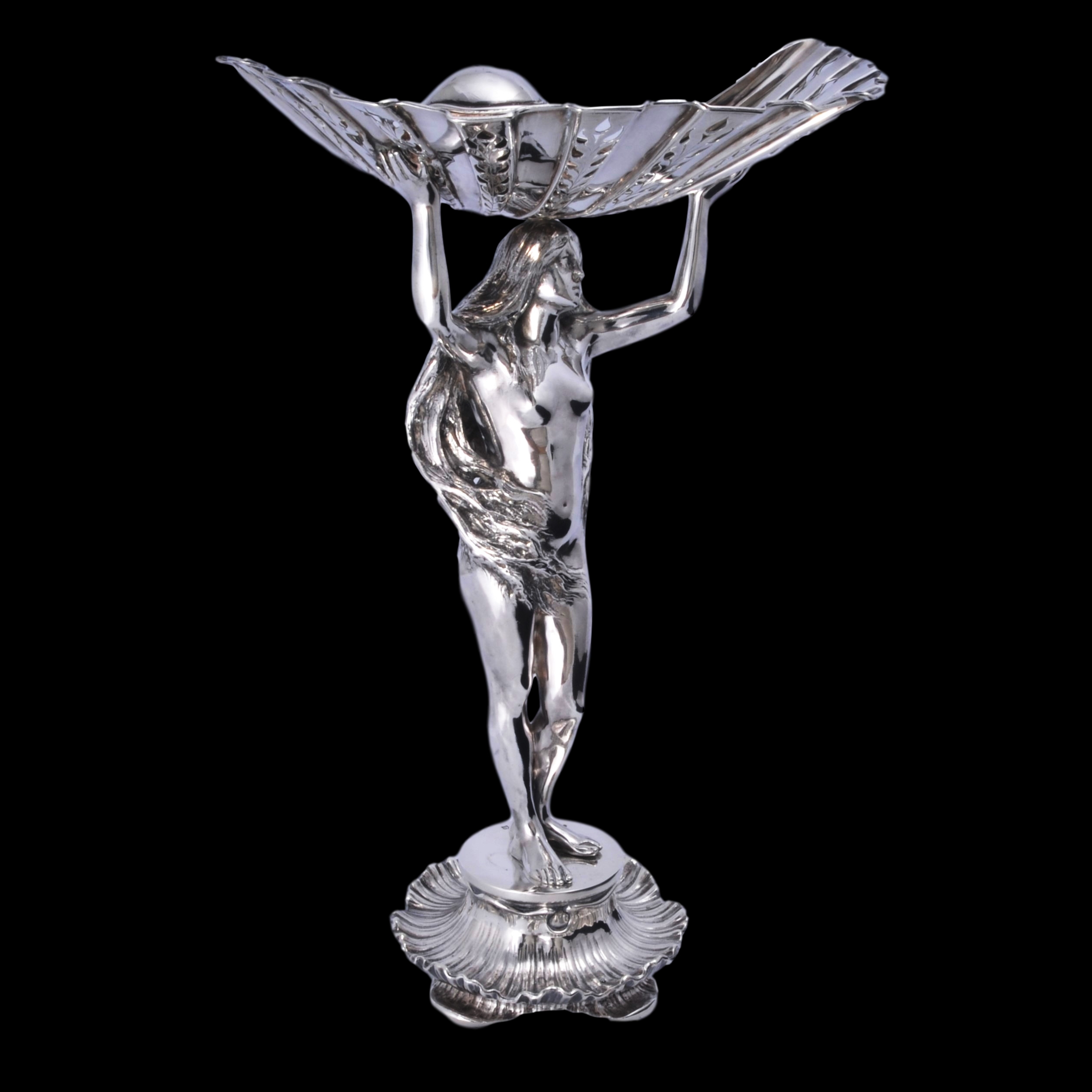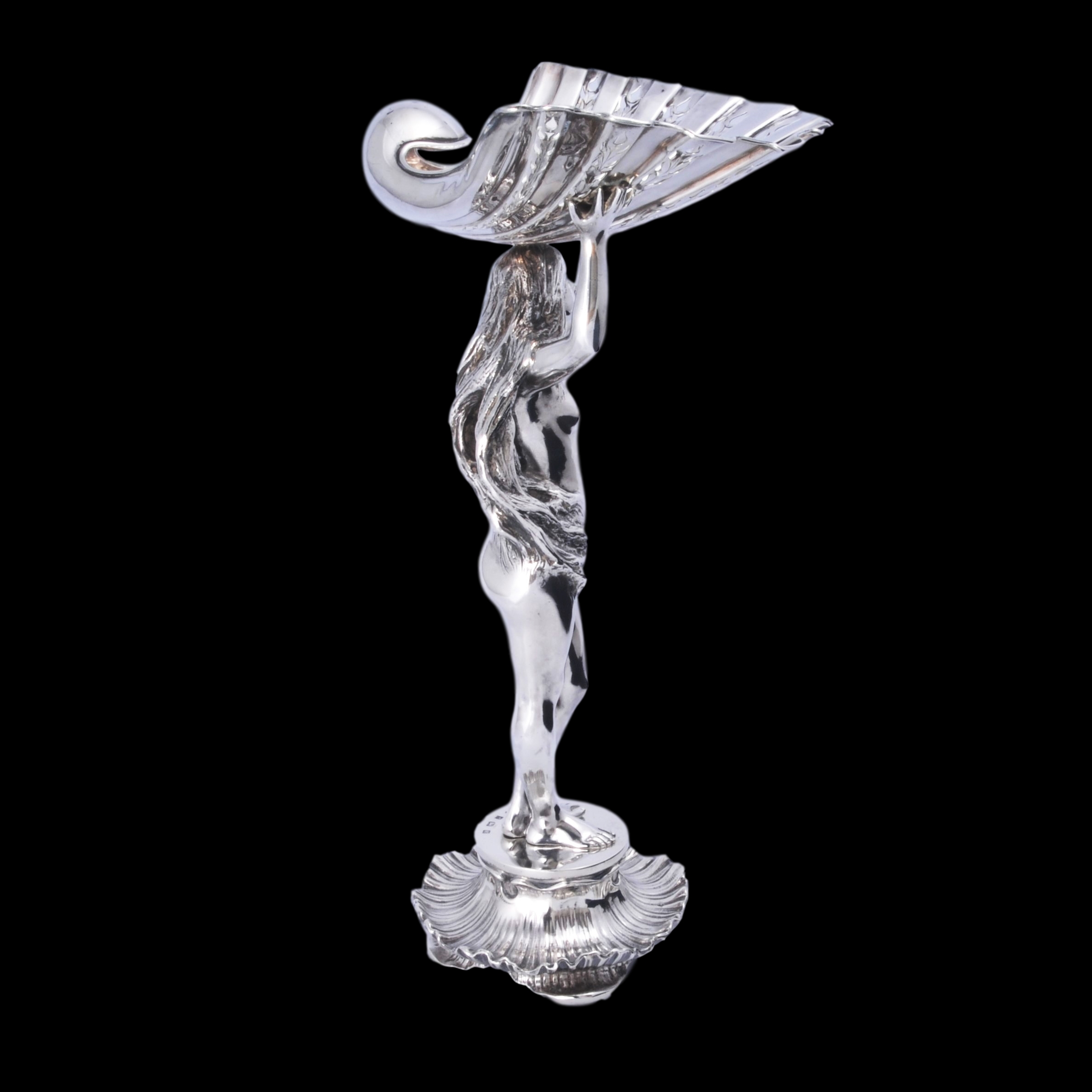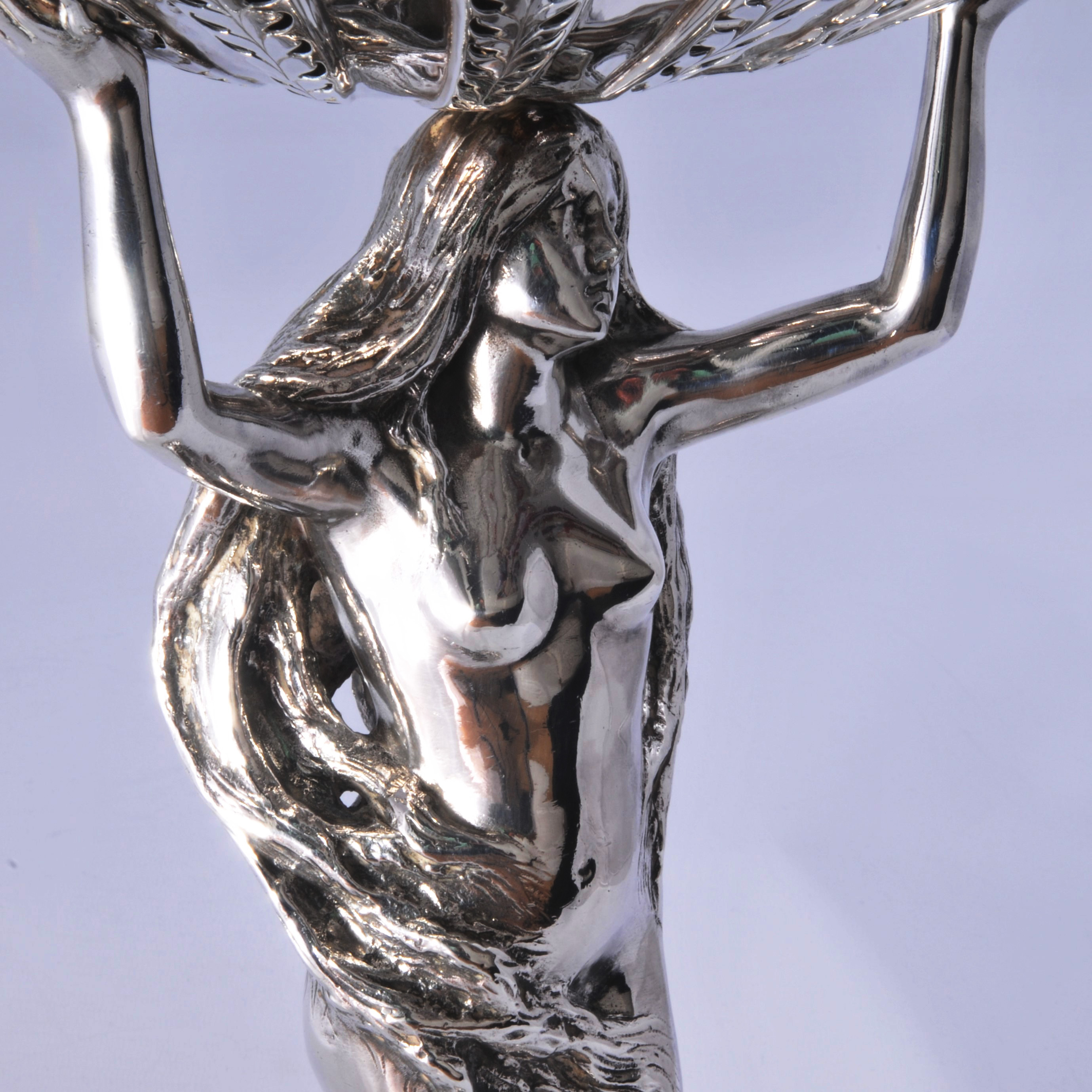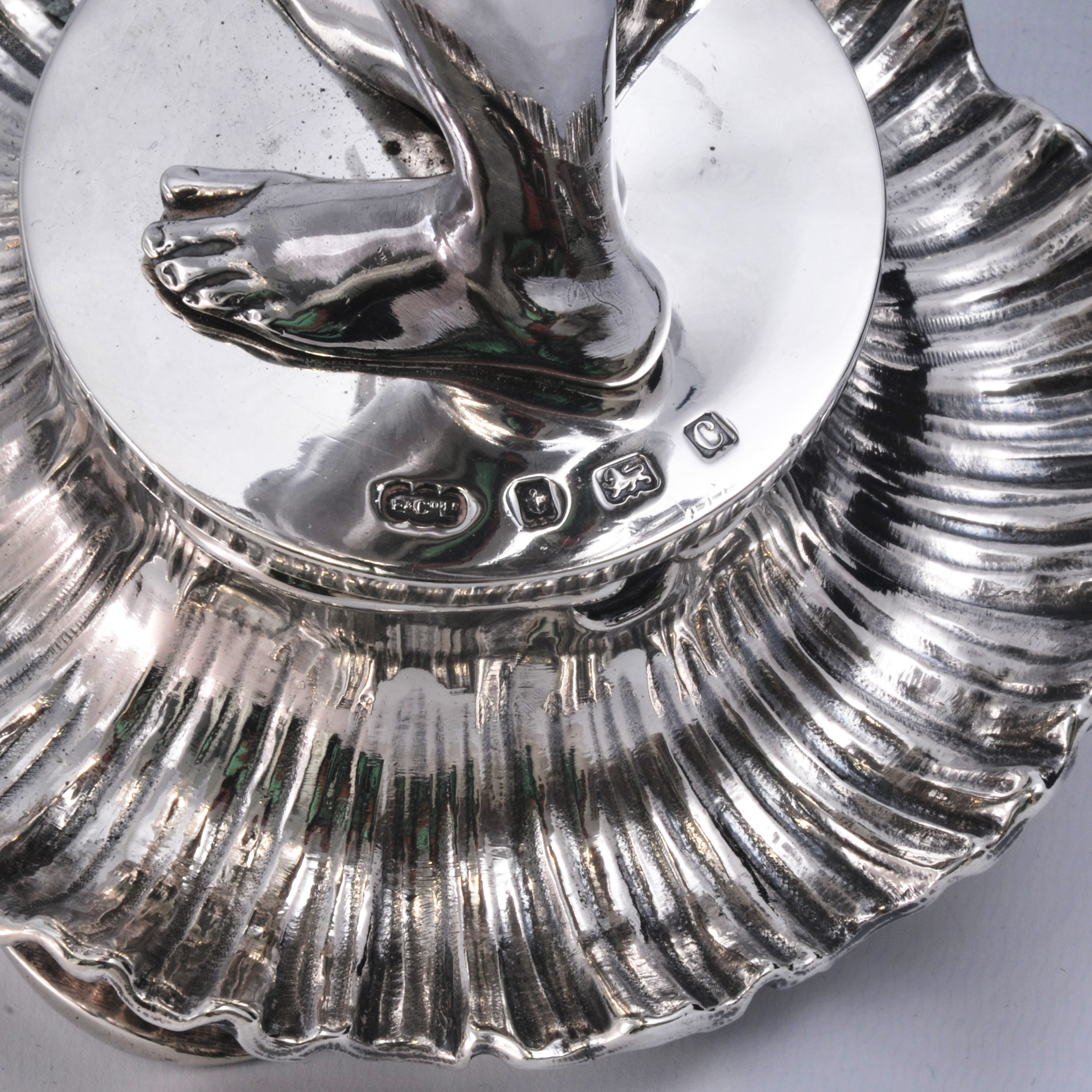Description
Florence Harriet Steele was born in Reigate, Surrey. She was the daughter of John S. Steele (born c.1810), a general practitioner. Florence lived at home with her family for many years (her mother was an invalid from about 1881). For many years she lived at 63 Rowan Road, Fulham.
Florence was taught by Edouard Lanteri at the National Art Training School where her contemporaries included Margaret Giles, Ruby Levick, Lilian Simpson and Esther Moore. Florence Steele was a prize-winning student and her sculpture was included in a retrospective show of works submitted in the ‘National Competition of Schools of Art’ (1896). In 1900 she was awarded a prize of £10 for a pilaster for faience at an exhibition organised by the Founders’ Company.
Steele was commissioned by William Burton of Pilkington’s Tile and Pottery Company to design tiles for the company. Several examples of Steele’s designs were exhibited at the Paris International Exhibition in 1900 including ‘The Rose’ and ‘The Sweet Pea’ which were panels each made up of two six by six inch tiles. In addition two twelve by six inch tiles called ‘Welcome’ were shown. A further two twelve by six inch tiles entitled ‘Women’s Work’ were also presented. Examples of her tile work are to be found at The Peter Scott Gallery John Chambers collection where copies of the plate and cast are held.
Steele went on to specialise in metalwork and designed for Elkington’s and possibly Barkentin and Krall also. Her art metal work for Elkington covered the period 1899 up to around 1910. Her work in silver for Elkington was displayed at the 1903 Arts and Crafts Exhibition Society, receiving extensive coverage. Overall her work is cited over 50 times in the Studio and other Journals of the period.









